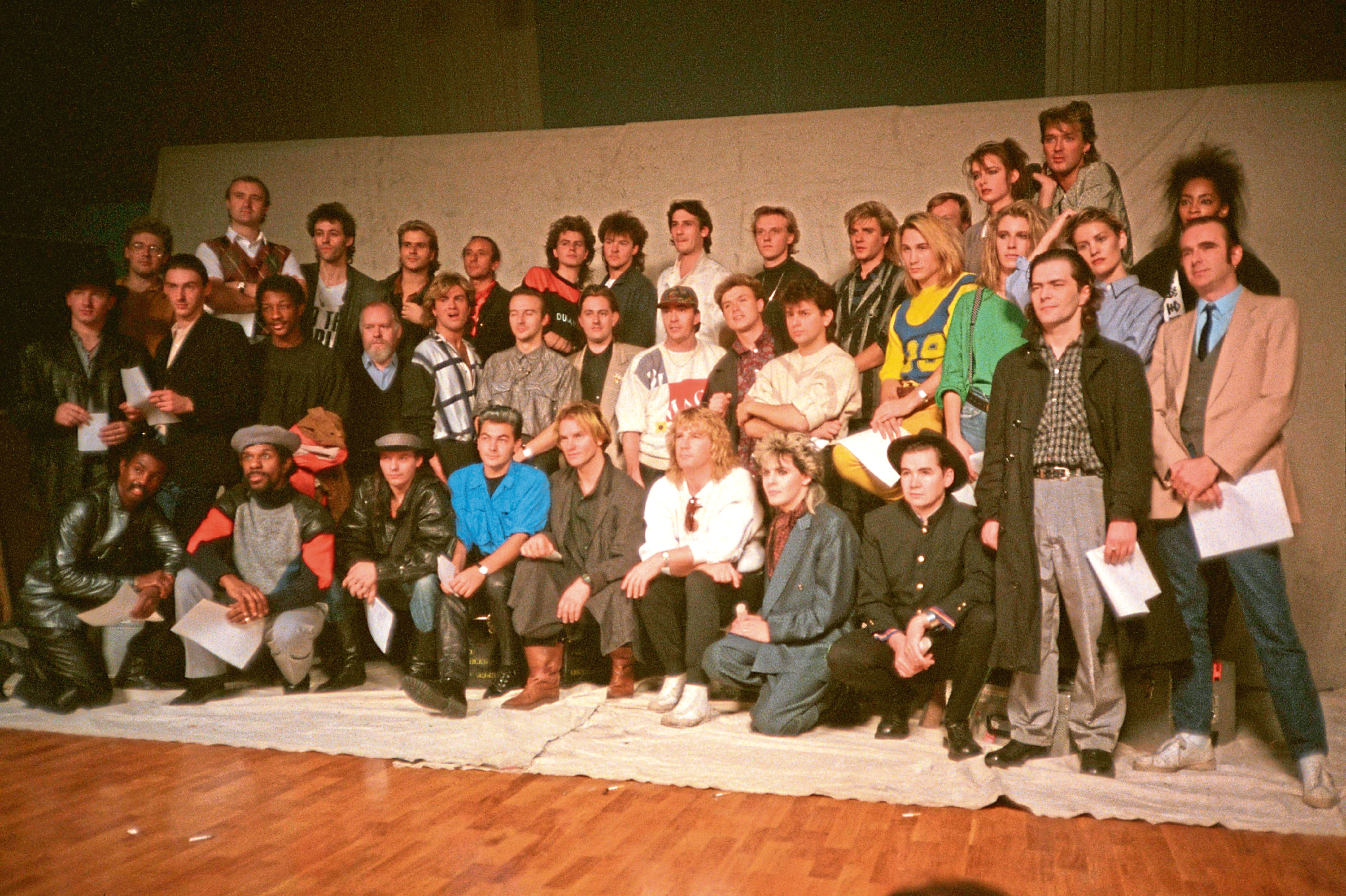
THOUGH the word is in its title and its opening line, you wouldn’t describe the Band Aid mega hit as a typical Christmas song.
Written in 1984 by Bob Geldof and Midge Ure in reaction to TV reports of the famine in Ethiopia, Do They Know It’s Christmas was recorded in a single day on November 25 by a supergroup consisting of the biggest British and Irish musical acts at the time.
The single was released in the UK on December 3, entered the charts at No 1 and stayed there for five weeks.
It became the fastest-selling single in UK chart history, shifting a million copies in the first week and passing three million on the last day of the year. Worldwide, it had sold 11.7 million by 1989.
Geldof’s cautious hope was that the record would raise £70,000 for Ethiopia. Within 12 months, it had made £8 million.
It was re-recorded three times – in 1989, 2004, and 2014 – and was twice more a Christmas No 1.
The 1989 and 2004 versions also provided money for famine relief, while the 2014 version was used to raise funds for the Ebola crisis in West Africa.
Geldof and his partner, Paula Yates, had watched the series of reports made by Michael Buerk for BBC television describing “a Biblical famine in the 20th century” and “the closest thing to hell on Earth”.
A few days later, Yates travelled from the couple’s home in London to the Tyne Tees studio in Newcastle, where she was presenting the weekly live music show The Tube.
Among the acts performing on that week’s programme was Ultravox, and frontman Midge Ure happened to be chatting to Yates in the dressing room after the show when Geldof called her.
He asked to speak to Ure and told him that he wanted to do something to alleviate the suffering in Ethiopia. Ure immediately agreed to help and they decided the best option would be to make a charity record.
Geldof immediately set about recruiting well-known musicians to participate, with Sting, Simon Le Bon of Duran Duran, and Spandau Ballet all agreeing to participate on day one.
Ure recalled: “This was a strange record to make, in that Bob and I were trying, for the first time in our careers, to write a song that would make as much money as possible.
“I don’t think it’s a very good song. It’s a bit of an oddity.
“It was very nerve-wracking, being in a studio with your peers. We had loads of artists who had never worked together before and we didn’t know how it would gel.
“It was a bit awkward when I had to say things like: ‘You’re a bit out of tune, can you do it again?’
“But all egos were checked at the door; there were no limos or entourages. Everyone turned up, worked hard and got the job done.
“We had to hit a press deadline so we recorded and produced for 24 hours solid, and that was that. Bob made a cassette recording and took it straight to the BBC, where they played it immediately.
“I heard it over the radio while I was driving home, only an hour after leaving the studio.”

Enjoy the convenience of having The Sunday Post delivered as a digital ePaper straight to your smartphone, tablet or computer.
Subscribe for only £5.49 a month and enjoy all the benefits of the printed paper as a digital replica.
Subscribe